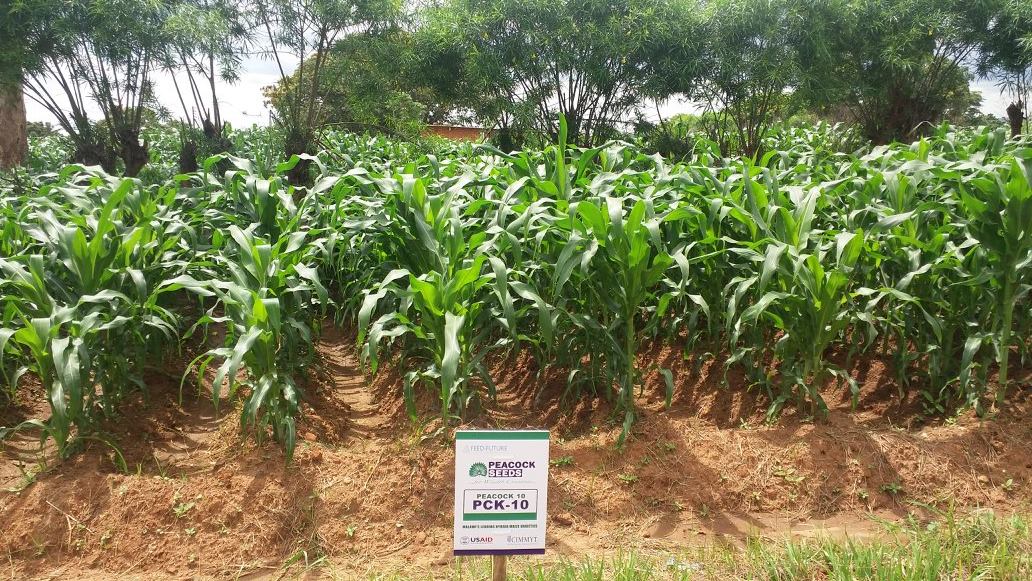There are two main types of seeds: hybrid and GMO. Hybrid seeds are created by crossing two different plants with each other, while GMO seeds come from a laboratory. Hybrid seeds have been around for decades, but people still debate whether they’re better than GMO seeds or vice versa. But which type of seed is best? This article will help you decide which kind of seed is right for you!
Hybrid Seeds
There are two main types of seeds: hybrid and GMO. Hybrid seeds are a cross between two different strains, while GMOs have been genetically modified to contain certain characteristics.
Hybrid seeds work by pollinating female plants with pollen from male plants. This method has been used for thousands of years — long before humans knew what a gene was — and helps farmers produce stronger crops that can withstand disease better than their ancestors did. The end result is an offspring plant with new traits not found in either parent plant, making it more resistant to pests or drought conditions than other species within its same family tree (or “genus”).
For example, if you were growing corn on your farm and wanted to ensure the harvest contained the maximum potential amount of nutrients possible without wasting resources such as water or fertilizer—which can get pretty expensive!—you could purchase some hybrid seedlings from seed companies. In Malawi one of the best options is Peacock seeds.

Peacock Seeds in a demonstration field
GMO Seeds
GMO seeds are genetically modified to resist disease and pests. GMO stands for “genetically modified organism,” which means that the seed has been altered in a way that was not possible through traditional breeding practices. In other words, it is created when scientists use genetic material from one species to alter another species’ genome. The process of creating GMOs is controversial and not without risks: some have found that genetically modified crops can cross-pollinate with ordinary crops and create new plant varieties, but others have argued that GMOs don’t pose any health risk whatsoever.
Regardless of your stance on GMOs, they aren’t approved anywhere in Europe or Canada—so if you want to grow them there, you’ll need special permission from your local government agency first! They also tend to cost more than hybrid seeds because they need extra research done before they’re released onto the market; however this extra investment pays off in higher yields per hectare over time as well as overall better quality food production thanks largely due their resistance against pests which allows farmers more flexibility when choosing how much fertilizer they want apply during each growing season – assuming no one wants those benefits then maybe these are not worthwhile tradeoffs?
Flavor, Yield, and Disease Resistance
Hybrid seeds have a higher yield and better disease resistance than GMO seeds. GMO seeds have a lower yield and better disease resistance.
Farmers should choose seeds based on factors like disease resistance, yield, and flavor. Hybrid plants are a cross between two different parent plants. By crossing hybrids together, you can create seeds that produce plants that are more vigorous and better able to resist pests and disease. GMO seeds have been created by introducing genes from other species into the plant’s DNA. This can make them more resistant to pests and disease but also makes them less nutritious for humans or animals who eat them because of all the added chemicals used in the process.
Conclusion
It’s important to understand that both hybrid seeds and GMO seeds have their pros and cons. Hybrid seeds are great for flavor, yield, and disease resistance but they can also be expensive. On the other hand, GMO seeds offer greater control over what genes are expressed in your plants but they might not taste as good or be as nutritious as their non-GMO counterparts. Farmers should choose which type of seed is right for them based on factors like disease resistance, yield, and flavor.




